Explore ingredients that you may have never thought to use or need to use better.

Indian cuisine has very complex flavours because it uses and celebrates more spices and ingredients than probably any other cuisine.
At least 40 spices are used on a regular basis and that's not counting all the powders, podis, oils, masalas, different types of chillies and additional tastemakers. Each Indian delicacy is more similar to a complex sentence than a single word.
In spite of this variety, some spices or condiments are bigger in one regional cuisine or another and others get left on the shelf.
Let's let you in on a few secrets and explore ingredients that you may have never thought to use or need to use better.
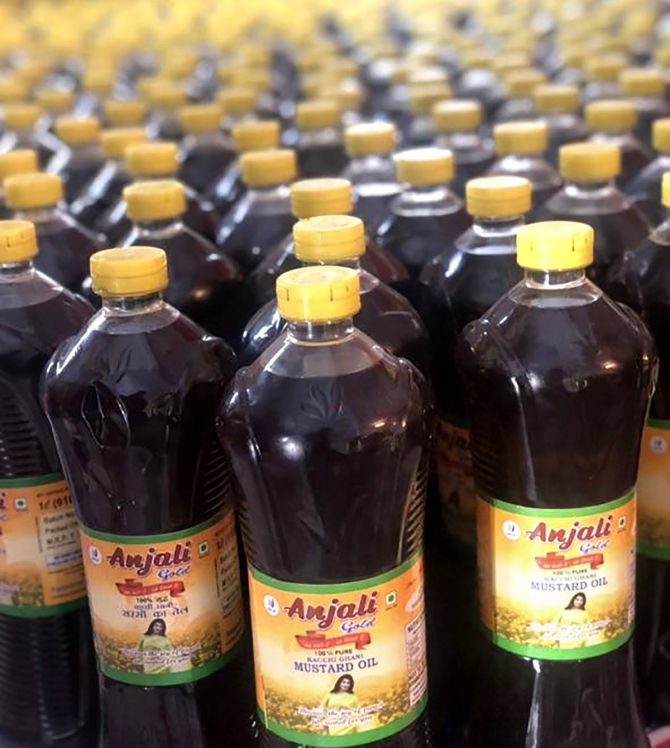
Mustard Oil
A not very overpowering quantity of mustard oil is great for frying eggplant or bhindi or alu or adding to khichdi or the tadka of dal or for frying fish or prawns.
Bengalis and Biharis know that very well. If mustard oil is too pungent for you, consider mixing it with the regular oil you use.
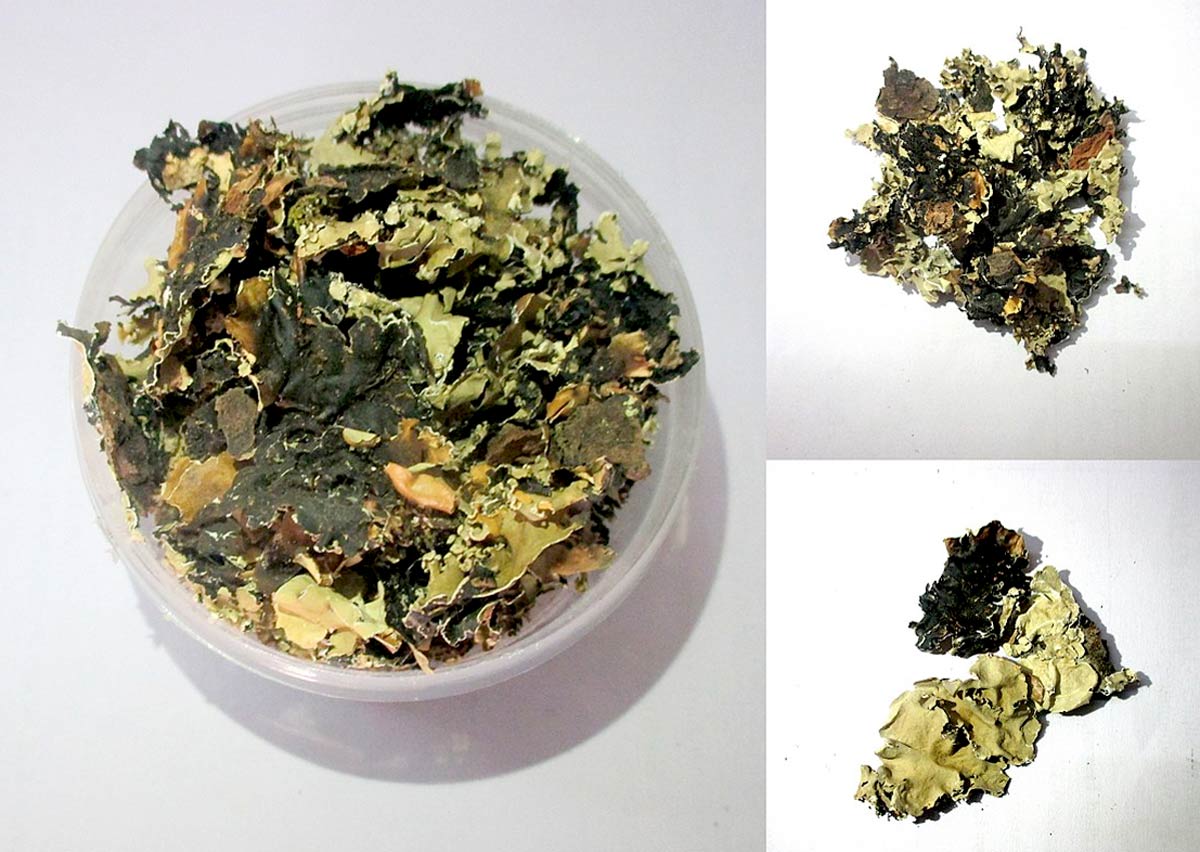 .
.
Dagar phool/pathar ke phool/kalpaasi or stone flower
Almost unheard of, this is a really secret spice and often hard to locate. I found it more readily before in spice shops, but now I buy it online.
This lichen-like spice that has a woody taste is a great addition to cauliflower sabzi, raseela alu, coconut chutney, alu poha, biryani or you can even add it to your sambar powder or garam masala while grinding it.
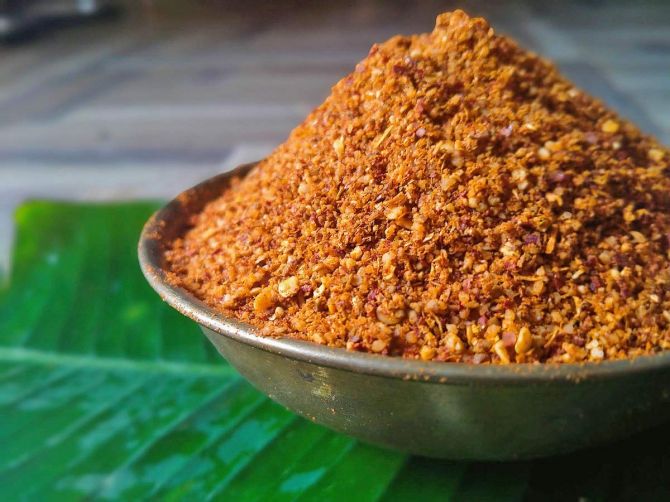
Sambar powder
Sambar powder has a far more gentle, kinder taste than garam masala and adds special taste to north Indian curries, dals and sabzi.
I even season chudas with it. Sambar powder is not used enough and garam masala is overused.
It is best made at home and stored in the fridge or freezer.
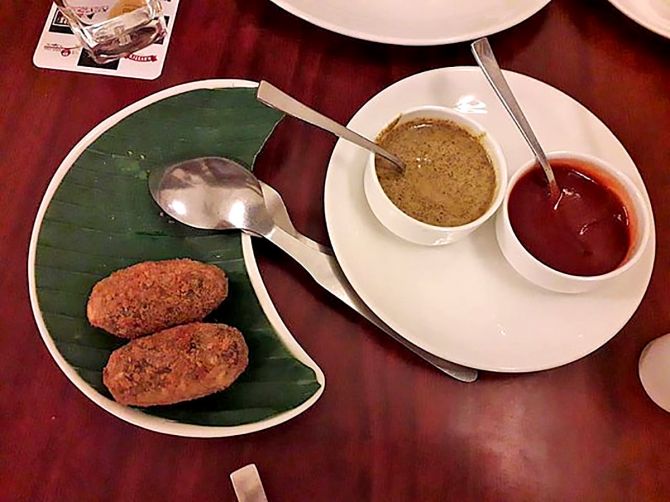
Kashundi
I discovered this paste for the first time at a Bengali wedding years ago where it was being served as a sauce for Alu Chop and have always stocked my kitchen with bottles and bottles of it since, because it isn't always available in any grocery store.
Kashundi is extremely versatile and can be used just about anywhere including pasta dishes, salads, burgers, sandwiches and with sausages, but it especially useful in marinates for meat or added to an alu curry or a khichdi.

Kalonji or onion seeds
Most tempering ingredients are standard hing, jeera, rai and haldi. Try omitting the jeera or rai and add kalonji instead. Yum.
It's a good tadka ingredient for bhindi, eggplant, paneer, nimki snack, alu and can be had on top of naans (standard usage).

Ghee + Butter
Nothing elevates a dish more than at least half a tsp of ghee. And if you add both ghee and butter... wah!
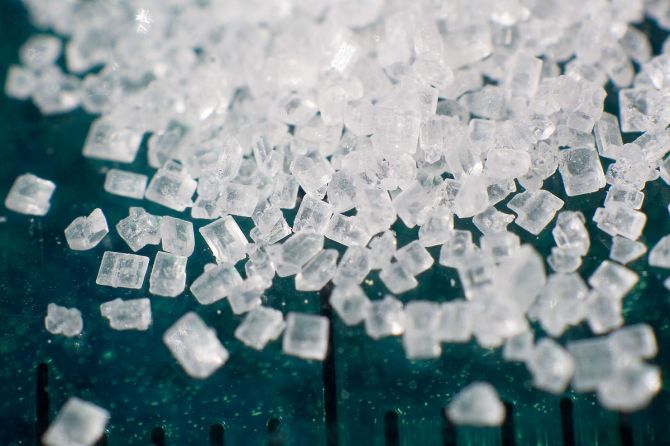
Just a pinch of sugar
Sugar figures big in Gujarati food. Too big. But a dash of sugar always makes a dish have a much more well-rounded flavour.
A dash because its taste must be imperceptible since many do not like sweetness in their food.
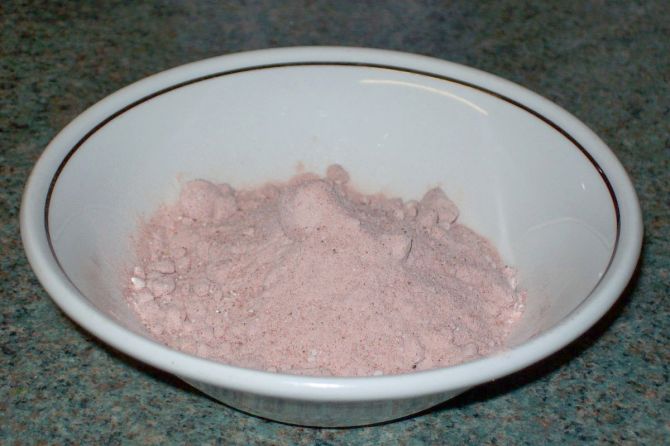
Black salt
It should be a star ingredient while marinating fish or prawns.
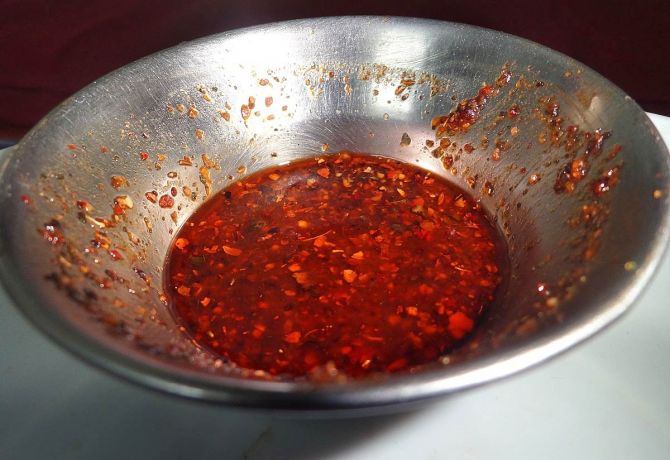
South Indian gunpowder or mulgapodi
A wonderful seasoning for fried crispy food like alu chips, arbi sticks, kandh or purple yam or bhindi.
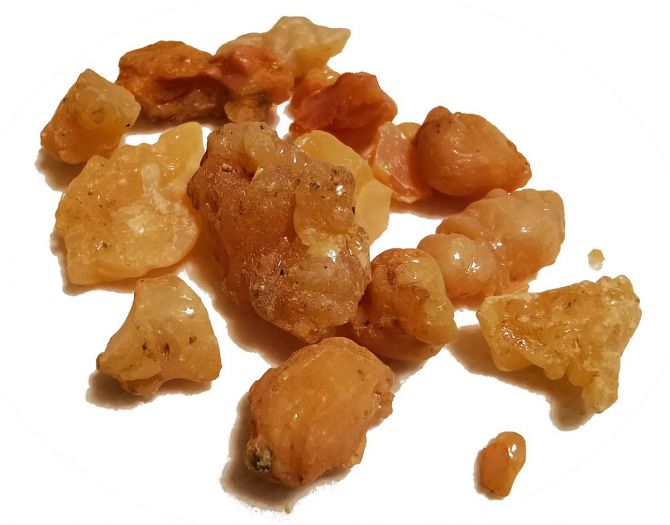
Hing or Asafetida
Hing is a subtle but excellent spice but in most cooking folks add way too little.
Hing needs to be tasted. A teaspoon or so is definitely not too little to add to dal or sabzi tadka and is a nice surprise ingredient in meat, fish and prawn fries or curries.
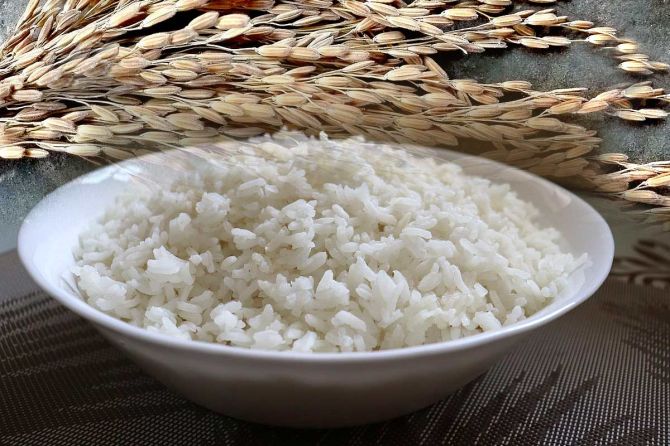
Ambe Mohur rice
Good rice, good rice, good rice, good rice.
Nothing uplifts a meal like a better quality rice, which is not necessarily basmati. Ambe Mohur, though expensive, makes a Sunday rice lunch special. So does the Sona Masoori or the Bengali Govindbhog or South Indian ponni.
Basmati is best for pulaos and biryanis.

Freshly ground dhania or coriander
Most people use dhania powder in their food. But where did you get that powder?
Please, please, don't say from a shop. Dhania should always be ground at home to give a dish the best taste.
Grind small quantities so it's fresh tasting or larger quantities if kept in the fridge or freezer to preserve freshness.
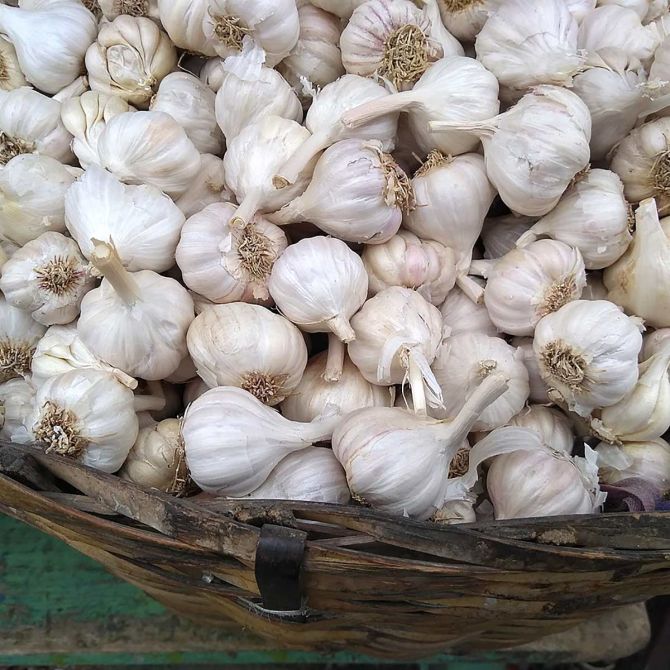
Enough garlic!
Most recipes you locate on the Internet or in cookbooks are very prissy about the garlic they add. Lesun khaana hai to daba ke khao.
Preferably freshly and finely chopped or mashed garlic (subtle pieces not big fat obvious pieces) and not those readymade un-pungent insipid garlic pastes.
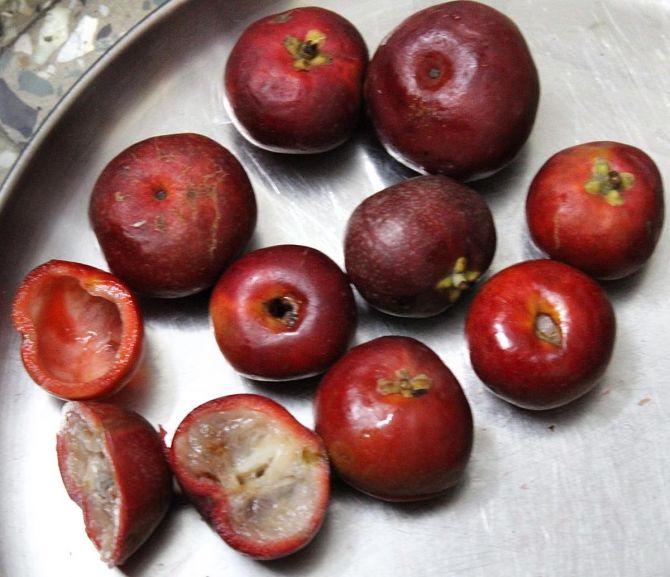
Kokum juice
Sour and sweet, this Maharashtrian ingredient can be added to all kinds of gravies and curries including dal for a nice tangy taste.
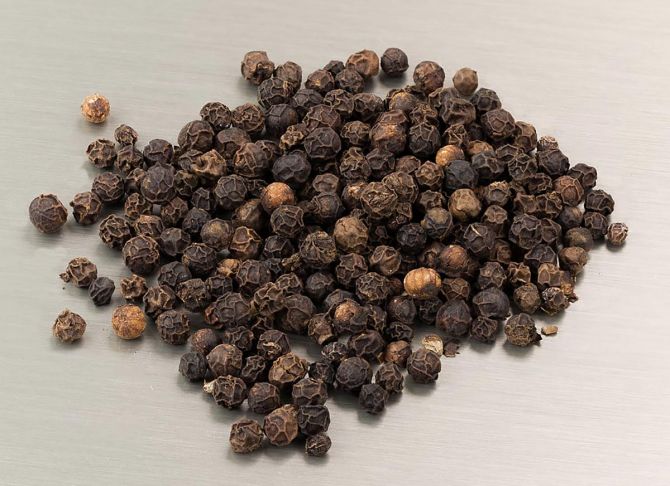
Black pepper powder
How often do you use black pepper powder in your Indian cooking? Not much right?
Lovely addition in meat fries, fish fried and gravies. Great, in pinches, in dals and sabzi like green banana fry.
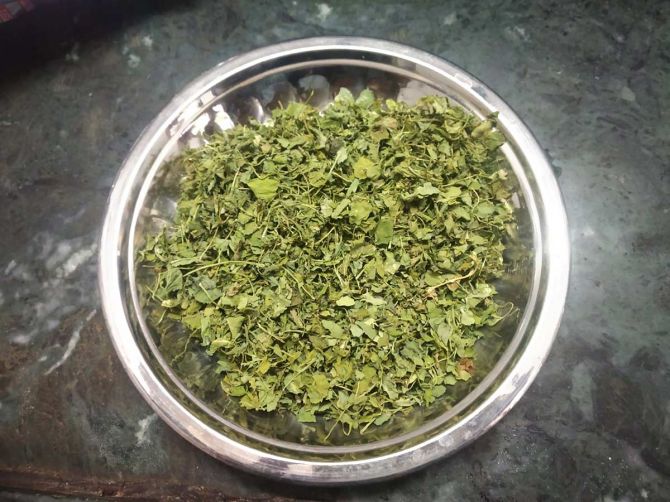
Kasuri methi
Dried fenugreek leaves or kasuri methi is a magical ingredient to any paneer or meat preparation or vegetable pulao. Don't have fresh methi for theplas on hand? Use kasuri methi that and can be added to the paratha aata.
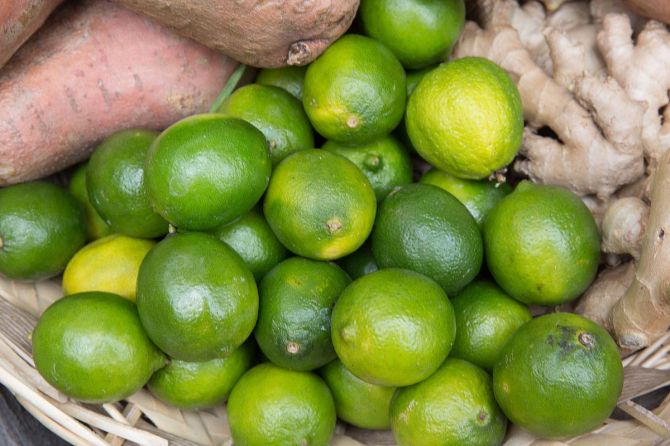
Aam chur or lemon or lime or imli or green mango
Just like sugar rounds out the taste of a dish so does something sour. It is good idea to rotate between sour additives.
And unless the dish is meant to be noticeably sour just add a tiny quantity to add body to the dish's taste.
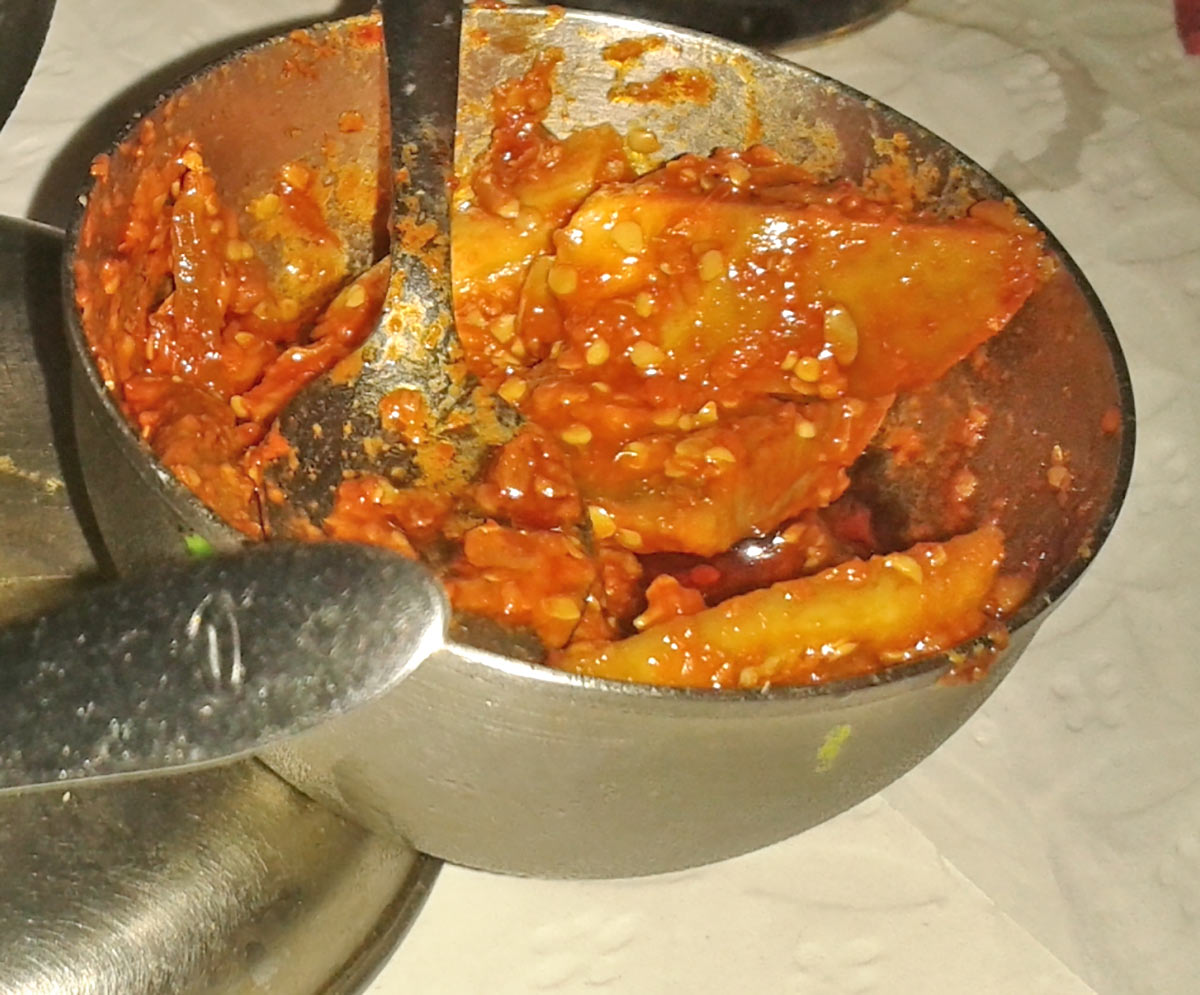
Mixed vegetable pickle or mango pickle or lemon pickle
A huge dollop of a vegetable or mango pickle or lemon pickle spices up paneer or an alu fry or a chicken fry in ways you never knew.

Goda masala
It's a very Maharashtrian masala, but a great alternative to garam masala for a fresh new taste. Season suran, tindli, fish curries and more with it.
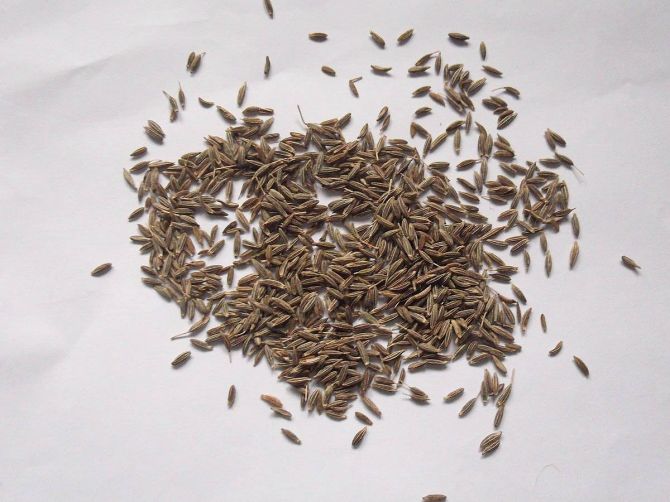
Less jeera please!
Okay, that's not a secret ingredient. A very unsecret one. So cheating a bit here.
But what often ruins the food you may eat at a restuarant or a wedding is the excess of garam masala and so so so much jeera.
For instance does Jeera Pulao have to have that much jeera?
Does a biryani or vegetable pulao need jeera? Rest that spice a bit or add it only in pinches please.
Hide that spice and push it to the back of the spice rack. Sometimes jeera powder -- freshly pounded -- is far more ideal and subtle ingredient.










